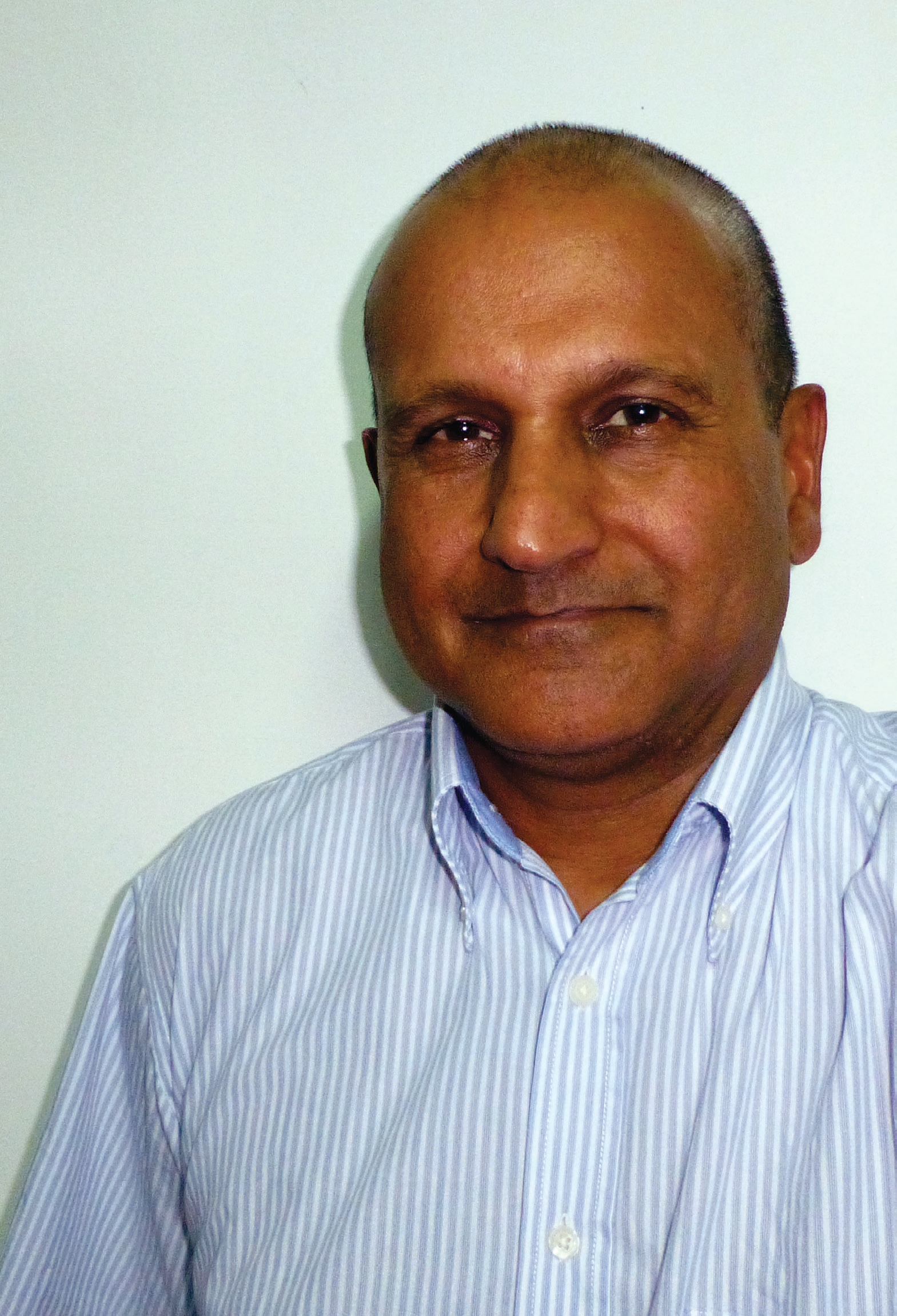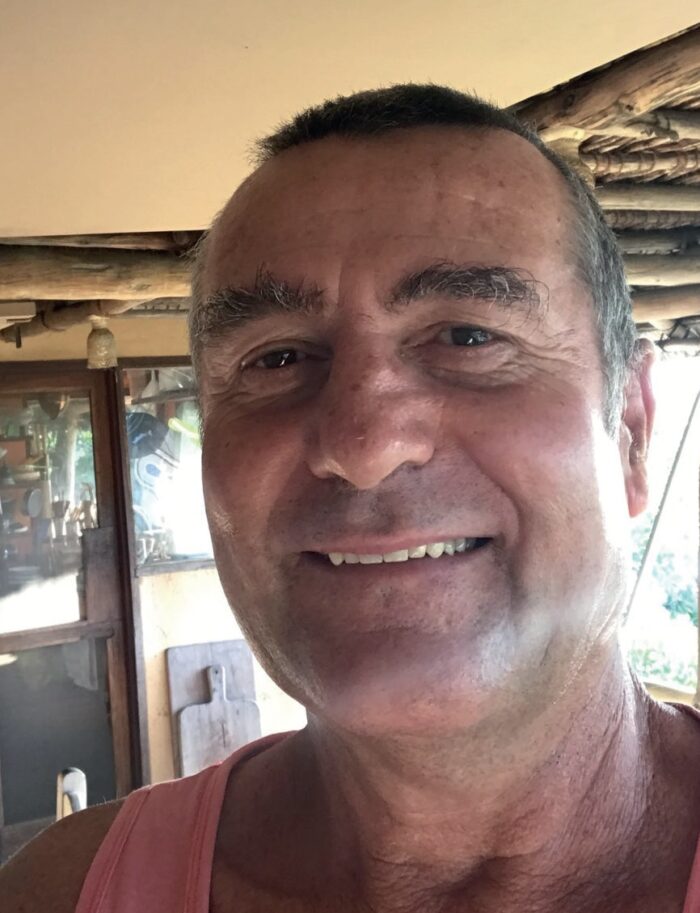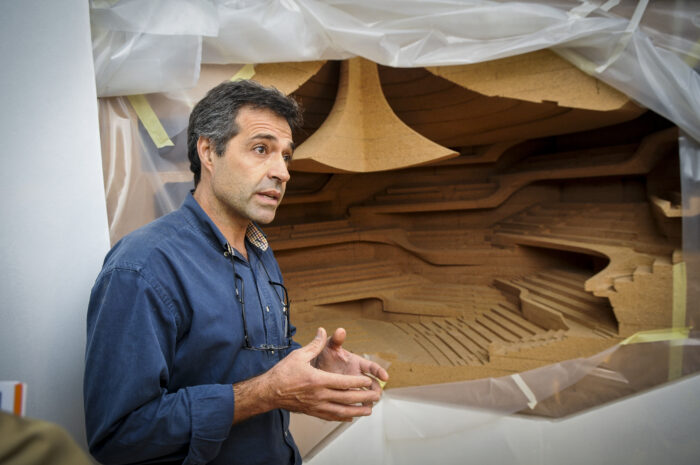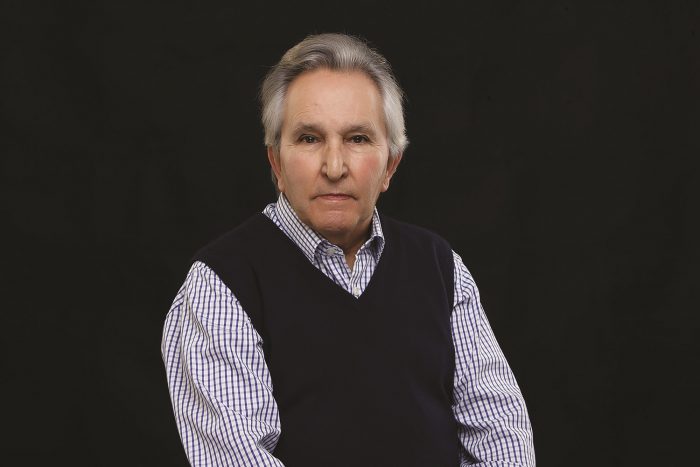A conversation with Eng. Vicente Miranda

A conversation with Eng. Vicente Miranda
'In Mozambique, there is little training to develop the class of civil engineers and there is a lack of courage to guarantee more quality in the projects, because that means contradicting and annoying the financing countries.'
Engº Miranda, how did you start your career?
I finished the Civil Engineering course in 1982, Structures Branch. I started in the only Mozambican private construction and project company, SOGEL, Sociedade Geral de Empreitadas, managed by the best Mozambican structural engineer at the time, Eng. Pericao Gomes Pinto. SOGEL specialized in bridges and special structures and always offered a better and more economical alternative. It was a pre-stress pioneer in Mozambique, and we were always called for emergency solutions, on bridges destroyed by war or natural disasters. For 10 years, I designed and built structures for SOGEL. In 1992 I was invited to become the resident engineer of the reconstruction of the Xai-Xai bridge, by the American company Louis Berger, and I never left the bridge world.
When replacing the Xai-Xai bridge column, you used very innovative solutions and worked with Eng. Edgar Cardoso. How was that experience?
It was motivating to know that I would work with Prof. Edgar Cardoso in this work. I knew it would be difficult, as all the stories I had heard about him highlighted
his strong spirit. The work was to replace the collapsed north tower and two 33 meters long sections of the cable-stayed bridge, designed and built by Edgar Cardoso in the 60s. Innovative solutions were used but I remember that the small debates with the professor were very difficult, although invigorating, and sometimes we had to use solutions hidden from him, who didn’t like to be questioned about his details.
You have followed the evolution of the construction market in Mozambique and were a Bridge Consultant at ANE. What is your vision of the evolution of the public works sector in the country?
I think we’re on the right track. I joined ANE in 2003 and stayed until the end of 2012. Up to that date, we had only made conventional bridges, except for Edgar Cardoso’s bridges, the only ones in the world, two suspended and one cable-stayed, executed in the colonial period. I was able to introduce new methods and that was how we made the first prefabricated coffin bridge and launched by sliding over pillars, on the Limpopo River, Guija (500 meters); the first coffin bridge built with the support of a launching beam, on the Rovuma River (700 meters); the first cantilever one, with coffin overpasses, on the Zambezi River, Caia (2376 meters); culminating with the bridge over Maputo-Katembe Bay, suspended, with prefabricated cantilevered coffin beam viaducts.
You were the Technical Manager of Maputo / Katembe Bridge in the primary phase. What were the project’s intentions and the main challenges you encountered?
I was the representative of the owner, who is the project manager for a turn-key project like this. It was the crossing needed to connect the extreme south to the extreme north of Mozambique, by road. The most important thing was to boost the development of the other side of Maputo, a very crowded city, a bit like Lisbon and the south side with the 25 de Abril bridge. All issues were difficult to solve but always stimulating, up to a certain point. There were physical issues, such as consignments of occupied land, either by the Port of Maputo or by the Railways. The main power line in Maputo had to be moved and the main issue: inhabitants of Maputo and Katembe had to be relocated. Then there was the fact that the project was being financed by China, which wanted to impose its regulations. Regarding quality, it was a turn-key project, without supervision but with quality control by the contractor; we lacked qualified personnel and a small budget that dictated insufficient supervision by the owner. Unfortunately, there were important design and quality control issues that remained unresolved and that dictated my resignation.
How did BETAR contribute to the project’s success?
Immensely! Betar launched this project and made the Mozambican government take an interest in it. They did the preliminary project and all the preliminary studies, from topographical, essential conditions, such as the maritime gauge and the location itself. The quality control of the work and the project, until 2014, was carried out by the owner’s team of the developer, supported by BETAR. And many errors and omissions were corrected by BETAR’s intervention.
As a consultant for major engineering projects, what do you think are the biggest obstacles and what do you really need to do in Mozambique?
Especially the shortage of qualified technicians, the lack of training, and few possibilities to develop the class of civil engineers, since the few projects that exist are developed by foreign companies. There is also a lack of courage to guarantee more quality in the projects and works, because this often means upsetting and annoying the financing countries. In engineering, it cannot be accepted that “a cavalo dado não se olha o dente” [portuguese expression meaning: you can not be picky when someone gives you an opportunity/ gift]. On the other hand, we are in a serious economic crisis and major projects are not being carried out, let alone with Mozambican autonomy. Young engineers have few resources and are more concerned with surviving than developing the technique.
This interview is part of Revista Artes & Letras # 103, December 2018
Partially automatic translation from portuguese: some expressions may differ from their actual meaning.
News & Interviews
A conversation with Arch. Yorick Houdayer
‘The children at Fortaleza beach called me "Amigo Manholiho", a friend who rewards. I kept this name until today, forcing myself to respect the moral contract embed in the name’ Read more
A conversation with Arch. Bernardo Pimentel
‘This studio works as a futurology of what is happening around the world. Models are still necessary for the projects and we like to be treated as artisans.’ Read more
Talking about Eng. António Rocha Cabral
This year will be marked by António Rocha Cabral's farewell and we couldn't help but pay tribute to him. In this interview, Maria do Carmo Viera tells us about Mr. Cabral, undeniably one of BETAR's most important figures. Read more




